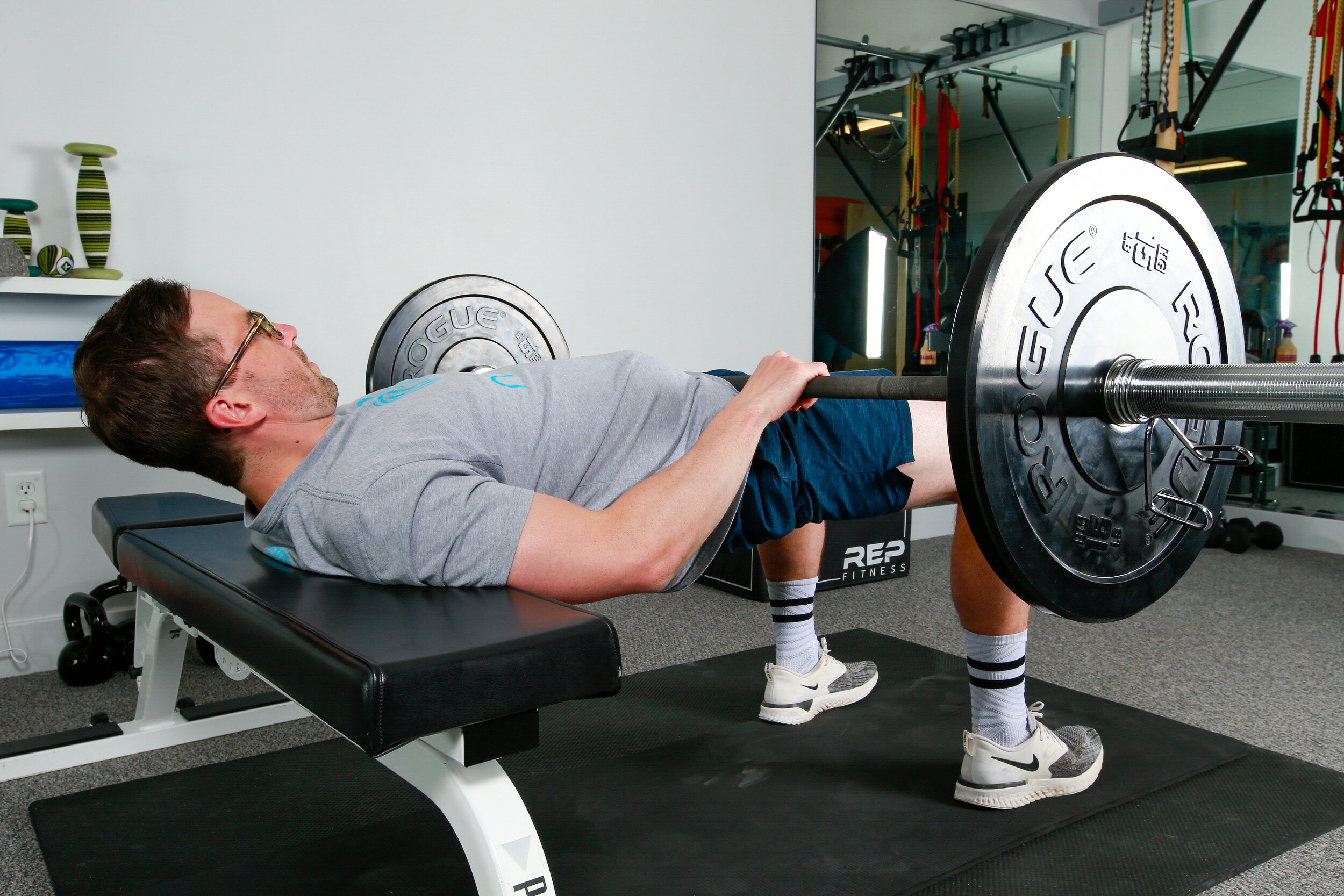How to Do Hip Thrust with Dumbbell: Boost Your Fitness Game?
In the bustling world of fitness, the **hip thrust** has established itself as a paramount exercise for targeting glute muscles. For beauticians who are often on their feet or working long hours, its important to incorporate exercises that not only build strength but also promote overall physical well-being. In this guide, we will delve into how to do hip thrust with dumbbell, ensuring you have the right technique to maximize gains and minimize the risk of injury.
The hip thrust is a stellar exercise designed to activate your glutes effectively, offering a solid workout for individuals at all levels. This versatile exercise can be modified for all experience levelsfrom beginners using light weights to advanced lifters with substantial resistance.

What is a Hip Thrust?
A hip thrust is a *strength training exercise* that primarily targets the **gluteus maximus**, the largest muscle in the buttocks. It also activates the hamstrings and can additionally engage the core and lower back muscles. The beauty of the hip thrust lies in its simplicity; it requires minimal equipment to execute properly.

Why Do Hip Thrusts?
Integrating hip thrusts into your workout regime offers numerous benefits, especially for beauticians who prioritize maintaining an active lifestyle. Here are a few reasons to consider:
- Glute Strength: Enhances the development of the glutes, leading to improved aesthetics and functionality.
- Injury Prevention: Strong glutes can help prevent lower back and knee injuries by promoting proper movement patterns.
- Improved Posture: Strengthened glutes contribute to better overall posture, which is crucial for those who spend long hours on their feet.
- Variety: Introducing hip thrusts with dumbbells adds variety to your workout, preventing monotony.

How to Do Hip Thrust with Dumbbell
Here's a step-by-step guide on how to do hip thrust with dumbbell effectively:
1. Set Up Your Equipment
For a basic hip thrust, all you need is a flat bench and a dumbbell. Make sure the bench is sturdy enough to support your weight. Sit on the floor with your back against the bench and roll the dumbbell over your hips, holding it securely with both hands.
2. Position your Feet Correctly
Your feet should be flat on the floor, about shoulder-width apart. Position them so that your knees are directly above your ankles when you lift your hips.
3. Execute the Lift
Press through your heels and lift your hips toward the ceiling, squeezing your glutes at the top of the movement. Hold this position for a second before lowering back down.
4. Maintain Proper Form
Ensure your core is engaged throughout the movement. Your head and neck should remain relaxed, and your shoulders must stay on the bench during the lift. Avoid overarching your lower back; instead, focus on using your glutes to drive the movement.

Common Mistakes to Avoid
As with any exercise, it's crucial to avoid common pitfalls when performing the hip thrust. Here are a few mistakes to steer clear of:
- Overextending the lower back: This can place undue stress on your spine. Focus on driving through the hips instead.
- Not aligning knees with ankles: Misalignment can lead to strains. Ensure your knees track properly during the lift.
- Using excessive weight too soon: Start light to focus on form before gradually increasing weights.
Variations to Spice Up Your Routine
Once you master the basic dumbbell hip thrust, consider trying variations to keep your workouts fresh:
- Single Leg Hip Thrust: A great way to increase the challenge and improve balance.
- Weighted Hip Thrusts with a Barbell: Darw your attention to heavier lifts for muscle hypertrophy.
- Hip Thrusts with Resistance Bands: Adds tension throughout the entire range of motion.
When to Do Hip Thrusts?
Incorporate **hip thrusts** into your routine 2-3 times a week. They can serve as a primary exercise in your leg workout or as an accessory movement following your compound exercises like squats and deadlifts.
Success Tips for Beauticians
As beauticians, maintaining physical health is pivotal for your professional performance. Here are some tips to integrate hip thrusts into your regimen effectively:
- Schedule Your Workout: Just like your appointments, make time for your fitness routine.
- Learn from Resources: Visit reputable blogs to expand your knowledgecheck out this guide on Hip Thrusts.
- Warm-up Properly: Always warm up your muscles before starting with hip thrusts to prevent injuries.
Final Thoughts on Hip Thrusts
Incorporating hip thrusts into your workout can yield remarkable benefits, especially for beauticians who need a solid, strong foundation for their physical health. Following the right protocols on how to do hip thrust with dumbbell is essential for achieving desired results. Remain consistent and embrace the journey toward a stronger, leaner you!
Frequently Asked Questions
1. Can beginners perform hip thrusts?
Absolutely! Beginners can start with body weight or light dumbbells to master the form before progressing to heavier weights.
2. How many reps and sets should I do?
A good starting point is 3-4 sets of 8-12 repetitions. Adjust based on your fitness level and goals.
3. What are the benefits of hip thrusts?
Benefits include increased glute strength, better posture, and enhanced athletic performance.
As an Amazon Associate, I earn from qualifying purchases.

